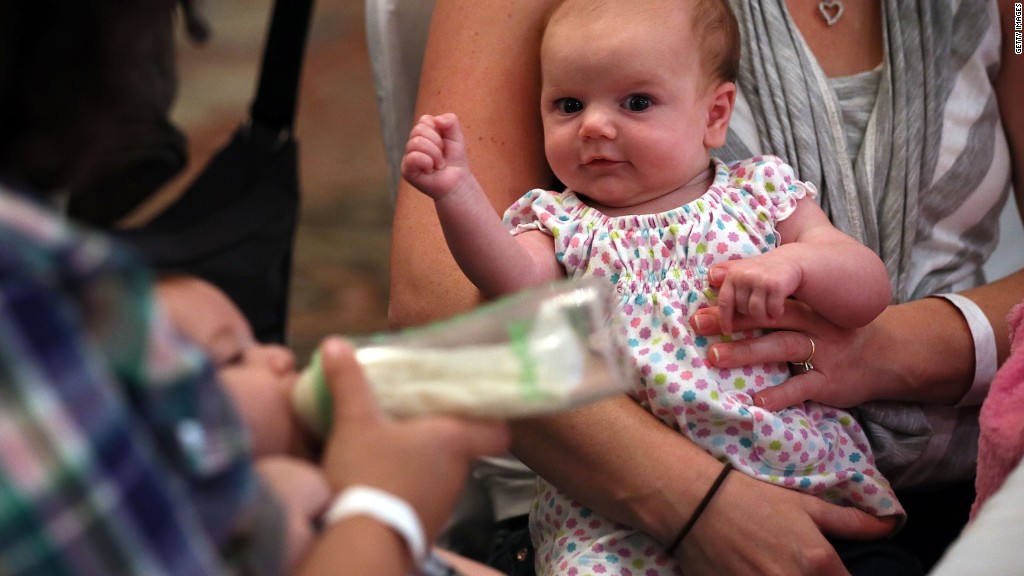
The amount of maternity leave women are entitled to varies wildly around the world.
Laws in some European countries allow women to take dozens of weeks of paid leave. The United States doesn't guarantee them any.
The issue came back into the spotlight Friday when New Zealand Prime Minister Jacinda Ardern said she is expecting her first child.
Under the country's law, women can take as much as 18 weeks of paid maternity leave. Ardern says she will take six weeks off after her baby is born.
New Zealand is expected to increase the paid leave entitlement to 22 weeks this year, which would move it higher up the rankings of the most generous policies in the developed world.

All the countries in the top 10 are in Europe, according to an analysis of maternity leave in 42 countries by the Organization of Economic Co-operation and Development (OECD). The OECD study covers policies that were in effect as of April 2016.
Many of the top ranking policies are in Eastern Europe. Bulgaria came in first with just under 59 weeks of paid leave, while Estonia and Poland tied for 10th place at 20 weeks.
But there's an important nuance to note: the pay rate. As the OECD notes, not all the time off given to expecting moms is fully paid.
Mothers in the U.K., for example, get a whole year (52 weeks) of maternity leave. Thirty-nine of those weeks are partially paid. The amount women receive over that period works out at just 12 fully paid weeks, according to the OECD.
Related: It's good to be a working parent in Europe
In addition to giving women the most time off, Bulgaria also received top marks in terms of pay rate. Its policy provided for nearly 46 fully paid weeks off.
The least generous member of the OECD, a group of industrialized nations, is the United States, which does not guarantee women any paid maternity leave. It's down to individual employers to decide how much to offer.
Also near the bottom of the heap are Portugal and Mexico, where women get six and 12 weeks of paid maternity leave respectively.
Related: India's generous maternity leave may be bad for women
But the situation is further complicated by other kinds of leave beyond maternity care that some countries offer. They can include home care leave, which gives parents time to look after their kids at home longer term, though it is often unpaid.
For example, Sweden ranks low in terms of the number of weeks of paid maternity leave it allows (just under 13 weeks). But it is far more generous when other types of leave for mothers are factored in (nearly 56 weeks).
Estonia rockets to the top of the charts when all forms of paid leave available to mothers are taken into account. They add up to a whopping 166 weeks, which work out at 85 weeks at full pay, according to the OECD.
Related: Dads get more of a (paid) break at work
The International Labor Organization calls for "14 weeks of maternity benefit to women," including "a cash benefit" that should "be no less than two-thirds of her previous earnings or a comparable amount."
Women "require protection to ensure that they will not lose their job simply because of pregnancy or maternity leave," says the U.N. agency.
"Protecting them from job discrimination is a precondition for achieving genuine equality of opportunity and treatment for men and women at work."


